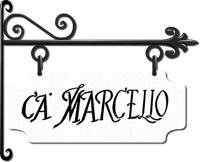Again we propose a small Venetian itineraries, within a two hours walk and that can easily be joined together with the others we have already proposed. The advice we often give to our guests is not to be afraid of getting lost in Venice. Indeed, it is probably the most beautiful thing to do to discover corners less visited by tourists.
From Rialto to Corte del Milion
Getting off the vaporetto or, if you are already in Rialto, the starting point for our itinerary is the statue of Carlo Goldoni overlooking Campo San Bartolomeo.
We leave the statue behind us and take the salizzada of Fontego dei Tedeschi (a tour on the terrace of the Fondaco is highly recommended and free).
We cross the bridge and immediately after the Tuscan Fiaschetteria we turn left. Following the streets you arrive in the corte del Remer, which directly overlooks the Grand Canal.
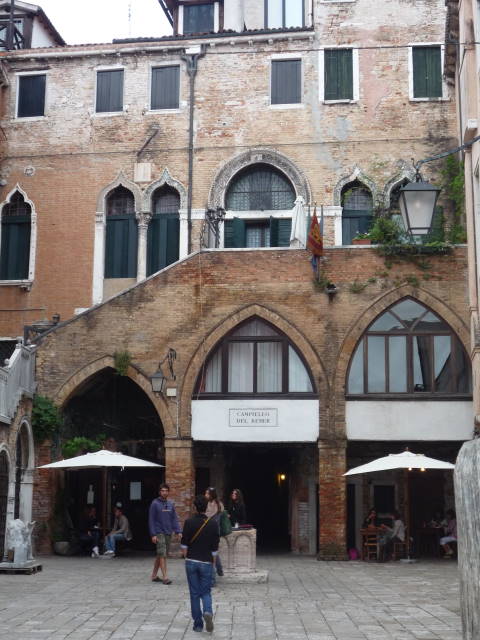
The courtyard is characterized by a series of overlapping architectural styles which makes the place fascinating. Not to mention the beautiful view of the Rialto bridge and the market.
We go back and turn right. We pass the church. We take the first calle on the right (calle Morosini) and then we head towards Corte Prima del Milion. After passing the second sub-porticoes, you arrive in Corte Seconda del Milion, where the Polo family home was located.
The name of these places refer to Il Milione, the famous work of the great Venetian traveler Marco Polo.
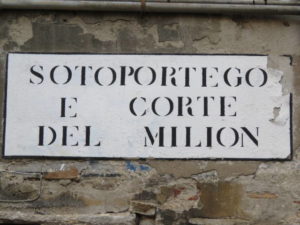
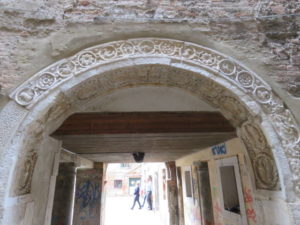
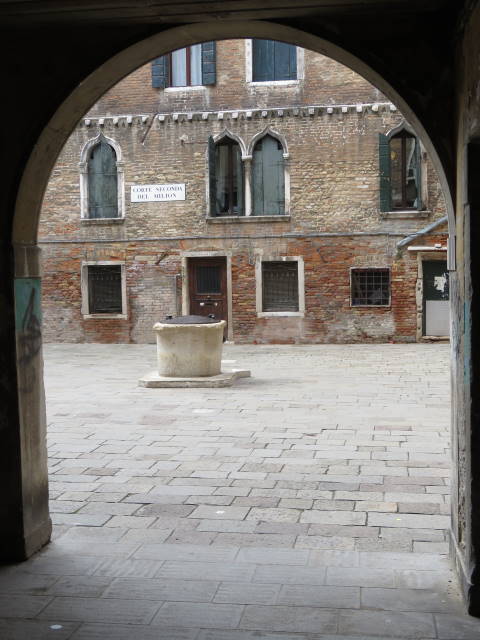
From here we head towards one of the largest fields in Venice: Campo Santa Maria Formosa.
And along the streets and bridges you have beautiful views of Venice.
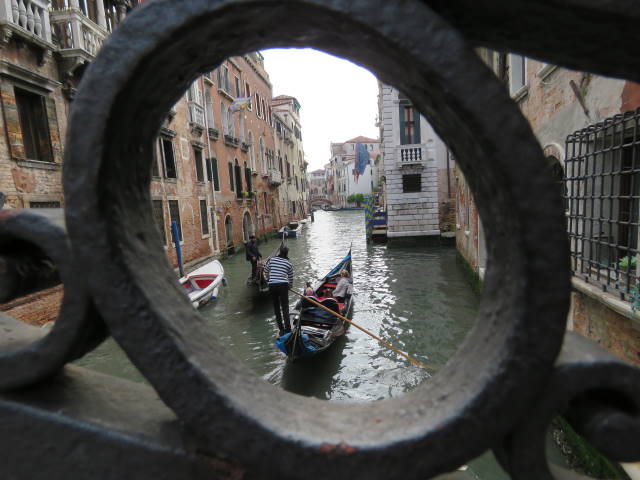
We come then to Campo Santa Maria Formosa, with the homonymous church in the center, very white and with a very beautiful bell tower (the Corto Sconto guide writes that it seems made by a pastry chef).
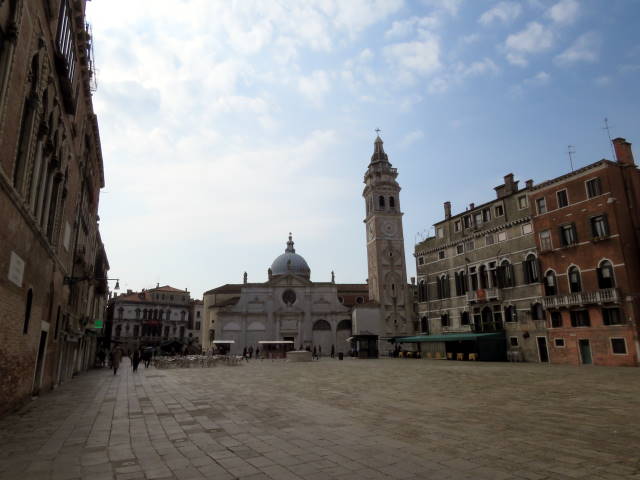
From here we turn left into calle Lunga Santa Maria Formosa.
Almost towards the end there is a peculiar library on the left: Libreria Acqua Alta. A somewhat chaotic library, where new and used items are found.
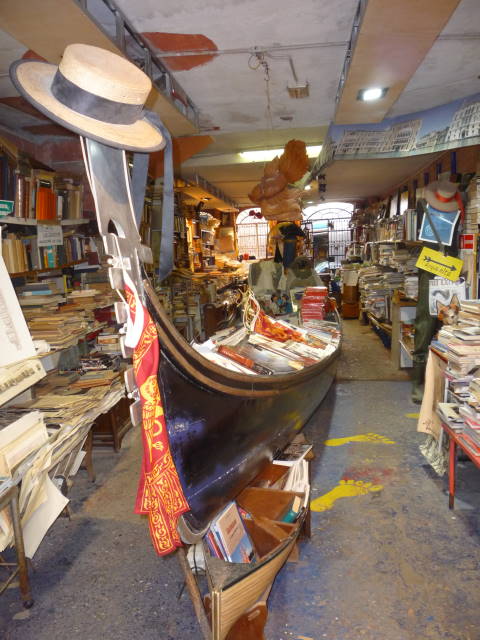
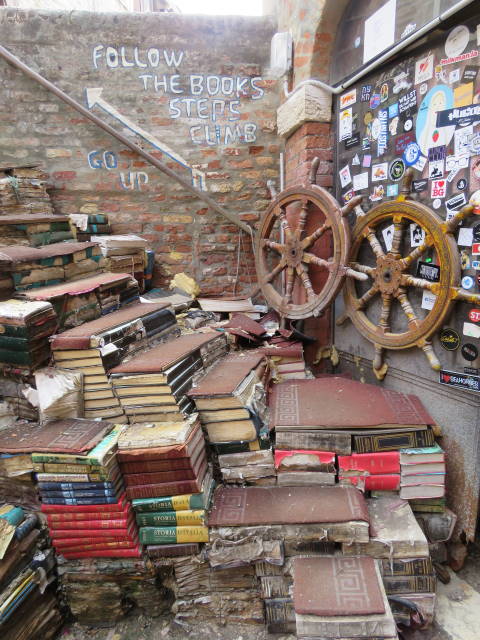
After the bookshop we continue on Calle Lunga Santa Maria Formosa, heading towards Campo Santi Giovanni e Paolo.
We skirt the Church of Santi Giovanni e Paolo and we find ourselves in front of its entrance, as well as the wonderful facade of the “Scuola Grande di San Marco”, and the equestrian monument of Colleoni of Verrocchio.
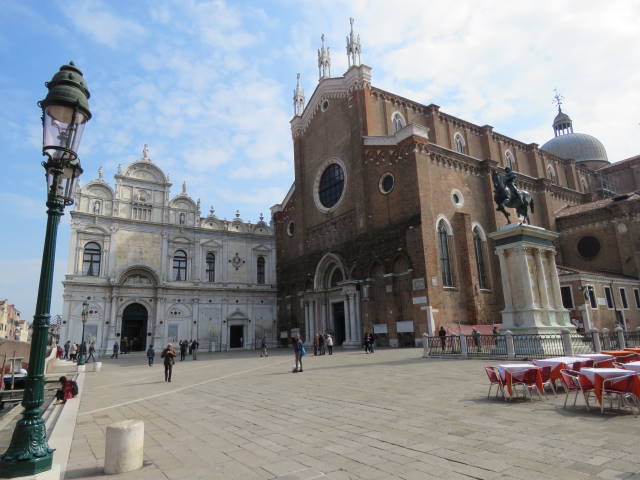
The scuola di San Marco, currently a civil hospital, impresses for the beautiful game of polychrome marble and bas-reliefs with fake perspectives.
Let’s approach the entrance and try to look for the traces of graffiti of sailing ships on the jambs (of presumed date just after the fifteenth century).
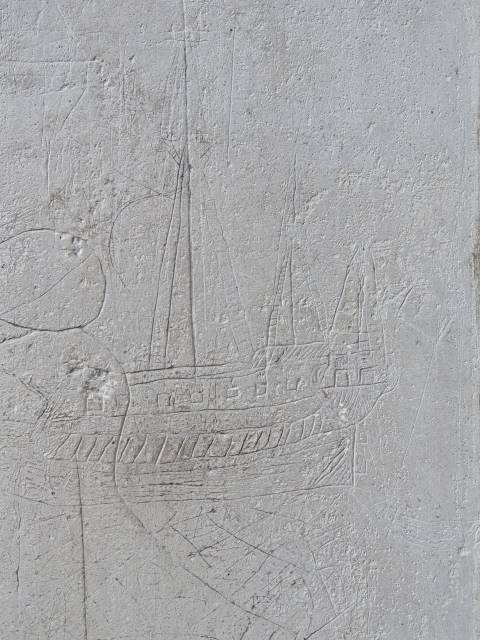
Near the scuola di San Marco there is the Church of Santi Giovanni e Paolo. The majestic facade, which has remained unfinished, invites you to enter and admire the numerous works inside.
Leaving the church we take the bridge in front of the church and we always go straight until we reach Campiello Santa Maria Nova and the homonymous field. Let’s head towards the church of Santa Maria dei Miracoli (after the bridge), which is striking for the polychrome marble.
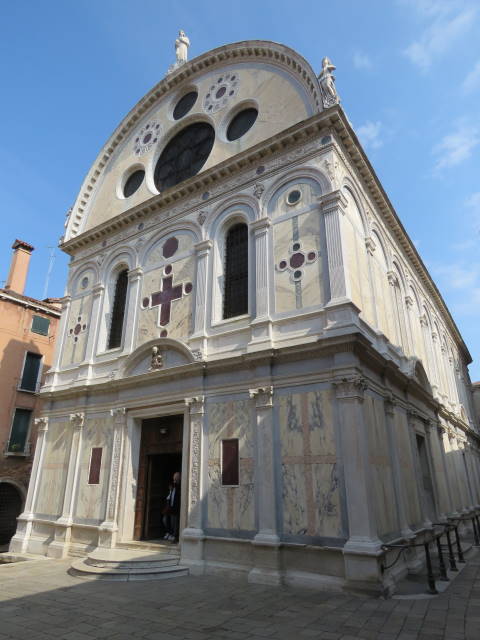
After seeing this little gem, we go back and pass Campo S.M. Nova. We take direction Fondamente Nove, to reach Campo Gesuiti.
There are many roads leading to this point, but you just have to let yourself be guided by instinct. Certainly you will have the chance to see beautiful corners of the city of Venice.
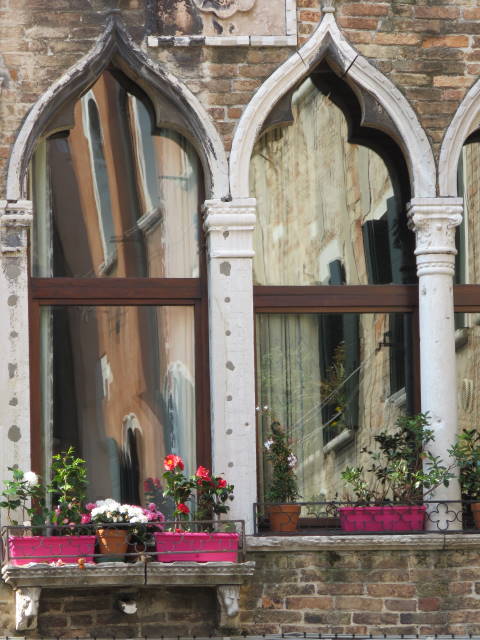
Once we are in Campo Gesuiti we see Palazzo Zen on our left, and the ancient hospital of the Crociferi, with the characteristic four fireplaces. On the right is the church dedicated to Santa Maria dei Crociferi.
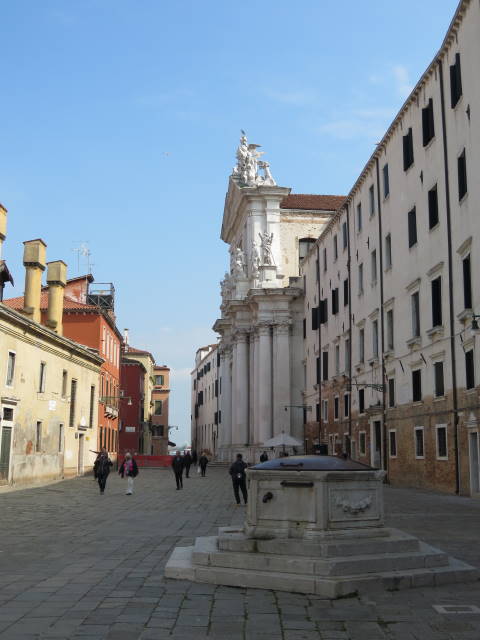
In front of us you can already see the north lagoon of Venice, with Murano and its white lighthouse and the Island of San Michele.
Going to the end of the Fondamenta you will see the Casino degli Spiriti on the other side of the marina.
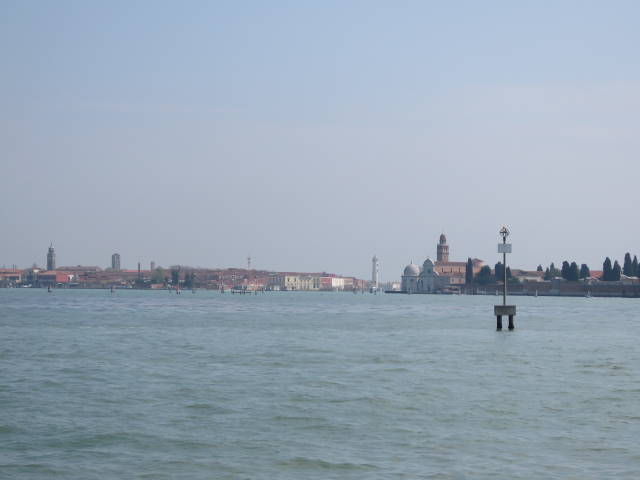
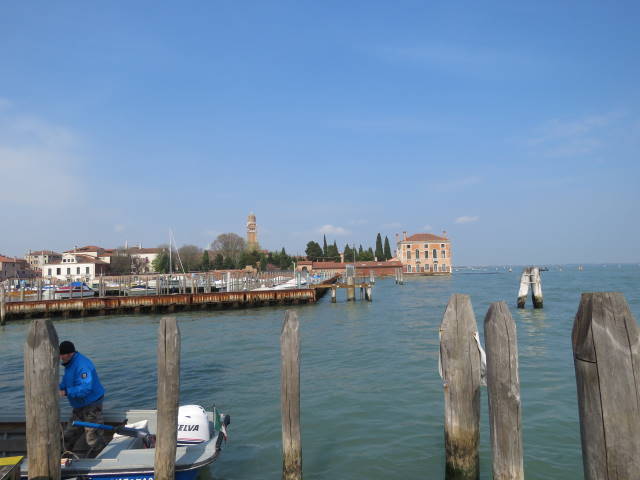
From here we decide to take Calle Long Santa Caterina, to get to Strada Nova.
Other tips for visiting Venice
From where we arrive in Strada Nova, you can choose to follow it up to Piazzale Roma or to continue your visit in Venice, perhaps by joining one of the itineraries we suggest.
For example, you can continue with the itinerary from Ca’ D’Oro to Ponte delle Guglie, passing through the Ghetto of Venice.
Or go to Rialto, from where we started, to take the itinerary (to be done in reverse of the description) from Rialto to Piazzale Roma.
In both cases there is a beautiful circular itinerary that can take up to a whole day if you visit churches, palaces, or museums.
The guides recommended by us, to visit Venice
To visit Venice beyond the most visited places, here are some very particular guides:
- Corto Sconto (Hugo Pratt, Guido Fuga, Lele Vianello).
Guide divided into seven itineraries, full of practical advice, with little visited places, short courts, legends …
The itinerary “Porta d’Oriente” is the one to which we were inspired of. - The red guide of Touring Club Italiano.
The most complete guide, proposing also many alternatives itineraries. - Venetian legends and ghost stories. A guide to the places of mystery in Venice. (Alberto Toso Fei).
A very special guide, to discover the legends linked to many places in Venice. - Miniguide for great travelers. Walking around Venice (Maria Gianola).
A well done guide for children.
